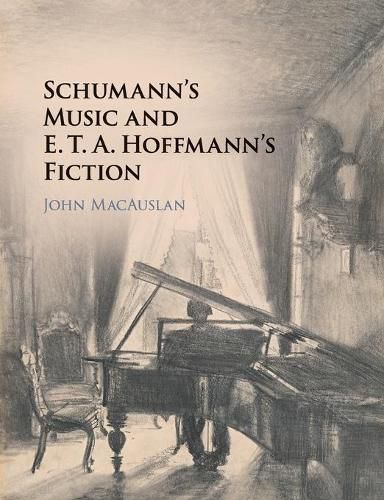Readings Newsletter
Become a Readings Member to make your shopping experience even easier.
Sign in or sign up for free!
You’re not far away from qualifying for FREE standard shipping within Australia
You’ve qualified for FREE standard shipping within Australia
The cart is loading…






Four of Schumann’s great masterpieces of the 1830s - Carnaval, Fantasiestucke, Kreisleriana and Nachtstucke - are connected to the fiction of E. T. A. Hoffmann. In this book, John MacAuslan traces Schumann’s stylistic shifts during this period to offer insights into the expressive musical patterns that give shape, energy and individuality to each work. MacAuslan also relates the works to Schumann’s reception of Bach, Beethoven, Novalis and Jean Paul, and focuses on primary sources in his wide-ranging discussion of the broader intellectual and aesthetic contexts. Uncovering lines of influence from Schumann’s reading to his writings, and reflecting on how the aesthetic concepts involved might be used today, this book transforms the way Schumann’s music and its literary connections can be understood and will be essential reading for musicologists, performers and listeners with an interest in Schumann, early nineteenth-century music and German Romantic culture.
$9.00 standard shipping within Australia
FREE standard shipping within Australia for orders over $100.00
Express & International shipping calculated at checkout
Four of Schumann’s great masterpieces of the 1830s - Carnaval, Fantasiestucke, Kreisleriana and Nachtstucke - are connected to the fiction of E. T. A. Hoffmann. In this book, John MacAuslan traces Schumann’s stylistic shifts during this period to offer insights into the expressive musical patterns that give shape, energy and individuality to each work. MacAuslan also relates the works to Schumann’s reception of Bach, Beethoven, Novalis and Jean Paul, and focuses on primary sources in his wide-ranging discussion of the broader intellectual and aesthetic contexts. Uncovering lines of influence from Schumann’s reading to his writings, and reflecting on how the aesthetic concepts involved might be used today, this book transforms the way Schumann’s music and its literary connections can be understood and will be essential reading for musicologists, performers and listeners with an interest in Schumann, early nineteenth-century music and German Romantic culture.